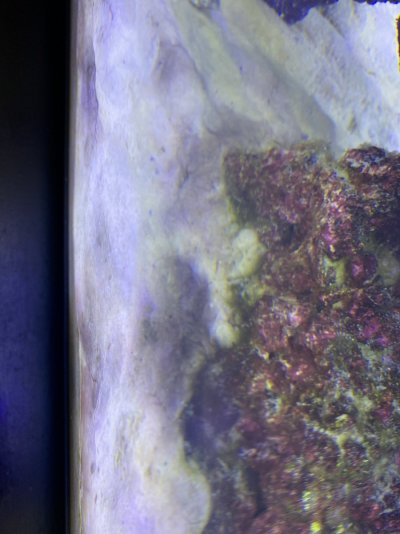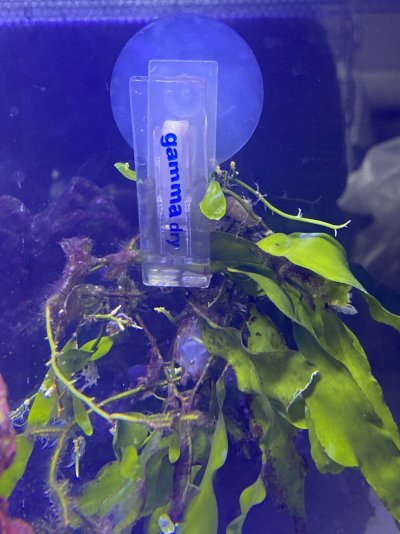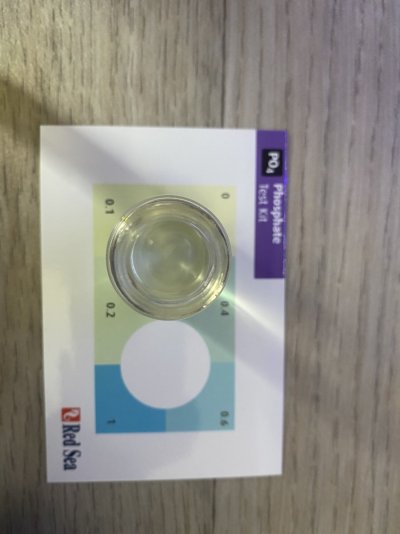I have previously battled with diatoms, I then battled with the below (first pic) - it was suggested to just scrub the rock so I did and it was fine..
But, as you can see in the second photo, I have to deal with this once a week? Not sure what it is so no idea how to treat it... I have just been removing it from the tank when I do a water change
When testing water, there are no issues..


But, as you can see in the second photo, I have to deal with this once a week? Not sure what it is so no idea how to treat it... I have just been removing it from the tank when I do a water change
When testing water, there are no issues..




















